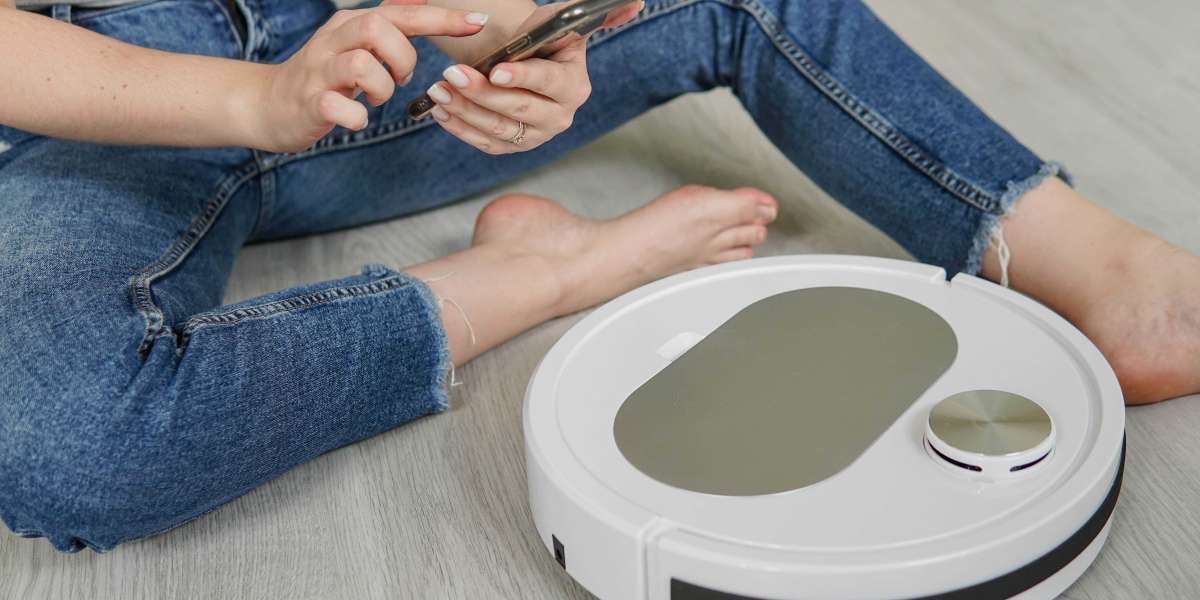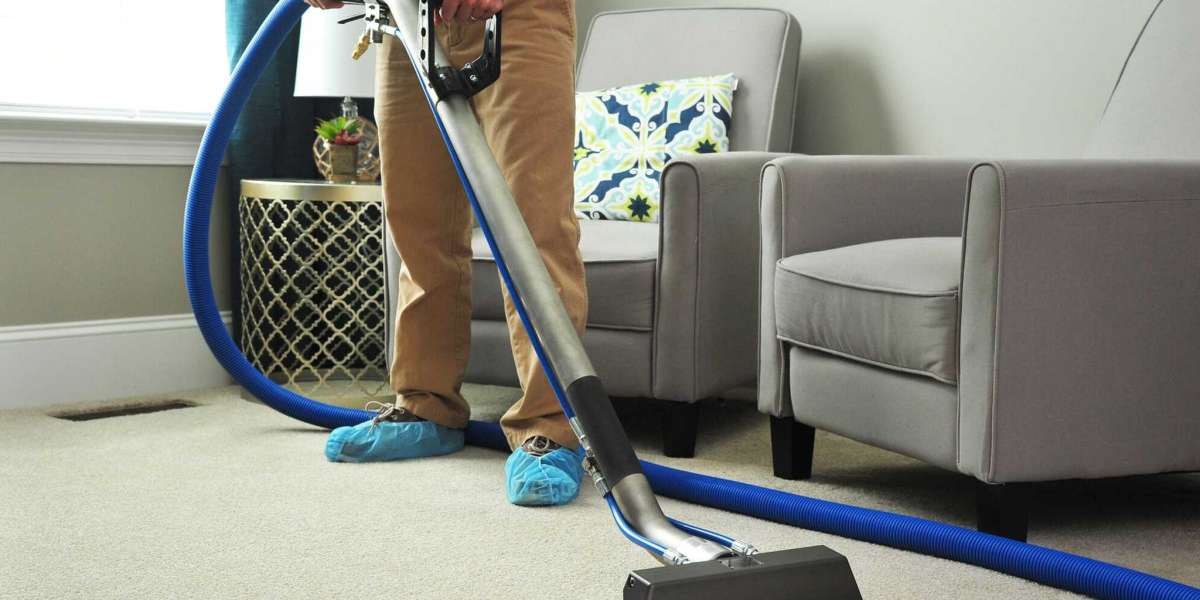
In today’s fast-evolving technological landscape, the rise of smart robots is reshaping the way we work, live, and interact with the world around us. From healthcare to manufacturing, logistics to education, smart robots have moved beyond the realm of science fiction and are now an integral part of modern society. These intelligent machines, equipped with cutting-edge artificial intelligence (AI), sensors, and IoT technologies, have secured their place as essential tools that promise efficiency, precision, and convenience. This article delves deep into the concept of smart robots, their applications, benefits, challenges, and the future they hold for humanity.

What Are Smart Robots?
Smart robots are autonomous or semi-autonomous machines embedded with advanced AI software and equipped with sensors, cameras, and actuators. Unlike traditional robots that operate on pre-programmed instructions, smart robots are capable of learning, adapting, and making decisions based on real-time data. They use machine learning algorithms to enhance their functionality over time and can perform complex tasks that require human-like intelligence.
For example, a cleaning robot in a home setting can detect dirt areas, avoid obstacles like furniture, and learn the layout to improve its performance over time. Likewise, industrial robots in factories can optimize production processes by analyzing workflows and adapting to changing conditions without constant human intervention.
Applications of Smart Robots
Smart robots have permeated various sectors, revolutionizing industries and unlocking new potential. Some of their key applications include:
1. Healthcare
- Surgical Assistance: Robots like the da Vinci Surgical System assist doctors in performing minimally invasive surgeries with unparalleled precision.
- Patient Care: Robots can monitor patient vitals, remind them to take medication, and even provide companionship to improve mental well-being.
- Rehabilitation and Therapy: Robotic exoskeletons help individuals regain mobility after injuries or strokes.
2. Manufacturing and Industry
- Automation: Smart robots streamline production lines, improving efficiency and reducing human error.
- Quality Control: Vision-enabled robots can detect defects or abnormalities in products better than the human eye.
- Logistics: Robots automate warehouse processes, from picking and packing to sorting and transporting goods.
3. Service and Retail
- Customer Assistance: Robots like Pepper help customers navigate stores, answer queries, and process payments.
- Food Service: Robots are increasingly being used in restaurants to cook, serve food, and clean tables efficiently.
- Delivery: Autonomous delivery robots ensure faster and contactless delivery, even in challenging locations.
4. Education
- Personalized Learning: Robots like NAO engage students in interactive lessons, support language learning, and assist in special education.
- STEM Skill Development: Assist educators in teaching coding, robotics, and AI, inspiring future innovators.
5. Home Automation
- Smart Assistants: Devices like robotic vacuum cleaners and lawn mowers take over mundane chores, leaving more time for leisure and work.
- Security: Home surveillance robots patrol properties, detect intruders, and alert homeowners in real time.
Benefits of Smart Robots
The integration of smart robots into daily activities and industries offers countless advantages. Key benefits include:
- Enhanced Efficiency: Robots perform repetitive and time-consuming tasks faster and more accurately than humans.
- Cost Reduction: Although the initial investment is high, smart robots lower operational costs in the long run by improving productivity and reducing errors.
- Precision and Reliability: Robots can work error-free in hazardous environments and handle delicate operations that require exceptional accuracy.
- Safety: Smart robots eliminate the need for humans to perform dangerous jobs, such as dismantling bombs or working in toxic conditions.
- Continuous Operation: Unlike humans, robots can work tirelessly without breaks or fatigue, boosting output.
Challenges and Concerns Surrounding Smart Robots
While smart robots bring numerous benefits, they aren’t without challenges. Critics and industry experts alike point out several concerns:
1. Job Displacement
The widespread automation of tasks previously performed by humans raises fears of job loss in various industries. For instance, workers in manufacturing, logistics, and customer service sectors might face the risk of being replaced by robots.
2. Ethical Dilemmas
As robots start making critical decisions—like in healthcare or military applications—who will be accountable for their errors or malfunctions? Ethical questions surrounding robot autonomy and bias in AI algorithms continue to spark debate.
3. Cost Barrier
The design, manufacturing, and deployment of smart robots remain prohibitively expensive for many businesses and individuals, hindering their widespread adoption.
4. Dependence on Technology
Over-reliance on robots can lead to laziness, loss of traditional skills, and increased vulnerability to cyberattacks, especially when these robots are connected to networked systems.
The Future of Smart Robots
Looking ahead, the capabilities of smart robots are expected to grow exponentially. Innovations in quantum computing, 5G connectivity, and advanced sensors will enable robots to process information faster, make more accurate decisions, and navigate complex environments.
Key trends in the future of smart robots include:
- Collaborative Robots (Cobots): Robots designed to work safely alongside humans, combining human creativity with robotic efficiency.
- Emotional AI: Robots will develop emotional intelligence, allowing them to understand and respond empathetically to human emotions.
- Sustainable Robots: Eco-friendly robots will assist in tackling climate change, such as robots for cleaning oceans or reforestation projects.
- Space Exploration: Smart robots will play a crucial role in deep-space missions, carrying out tasks too dangerous for humans.
Ultimately, smart robots are poised to complement human strengths, driving innovation while improving the quality of life across the globe.
FAQs About Smart Robots
1. What is the difference between a robot and a smart robot?
A traditional robot vacuum mops is programmed to perform specific, repetitive tasks, while a smart robot is equipped with AI and sensors, allowing it to learn, adapt, and make decisions in real-time.
2. Are smart robots safe to work around?
Yes, modern smart robots are designed with safety features, including sensors to detect collisions and halt operations if a human or obstacle is nearby.
3. Will smart robots take all our jobs?
While automation may replace some repetitive and low-skill jobs, it is also creating new opportunities in robotics development, AI programming, and maintenance.
4. Can smart robots be hacked?
Like any networked device, smart robots are vulnerable to cybersecurity threats. Robust security measures, such as encryption and regular updates, are essential to ensure safety.
5. How expensive are smart robots?
The cost of a smart robot ranges from a few hundred dollars (for home devices) to millions of dollars for advanced industrial or medical robots. Prices continue to decrease as the technology becomes more widespread.
Smart robots are more than just innovative machines—they are symbols of human ingenuity and the next frontier of technological progress. By simplifying daily tasks, transforming industries, and even sparking ethical debates, they are shaping the future of our world. While challenges such as cost, ethical concerns, and potential job displacement remain, the benefits they offer far outweigh the risks. The key to a harmonious coexistence with smart robots lies in responsible innovation and ensuring that their advancements are used for the collective good of humanity. Whether aiding in groundbreaking scientific discoveries or making daily chores easier, smart robots are here to stay—and the journey has only just begun.






